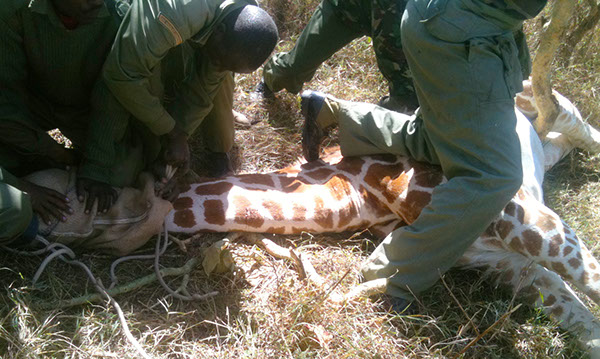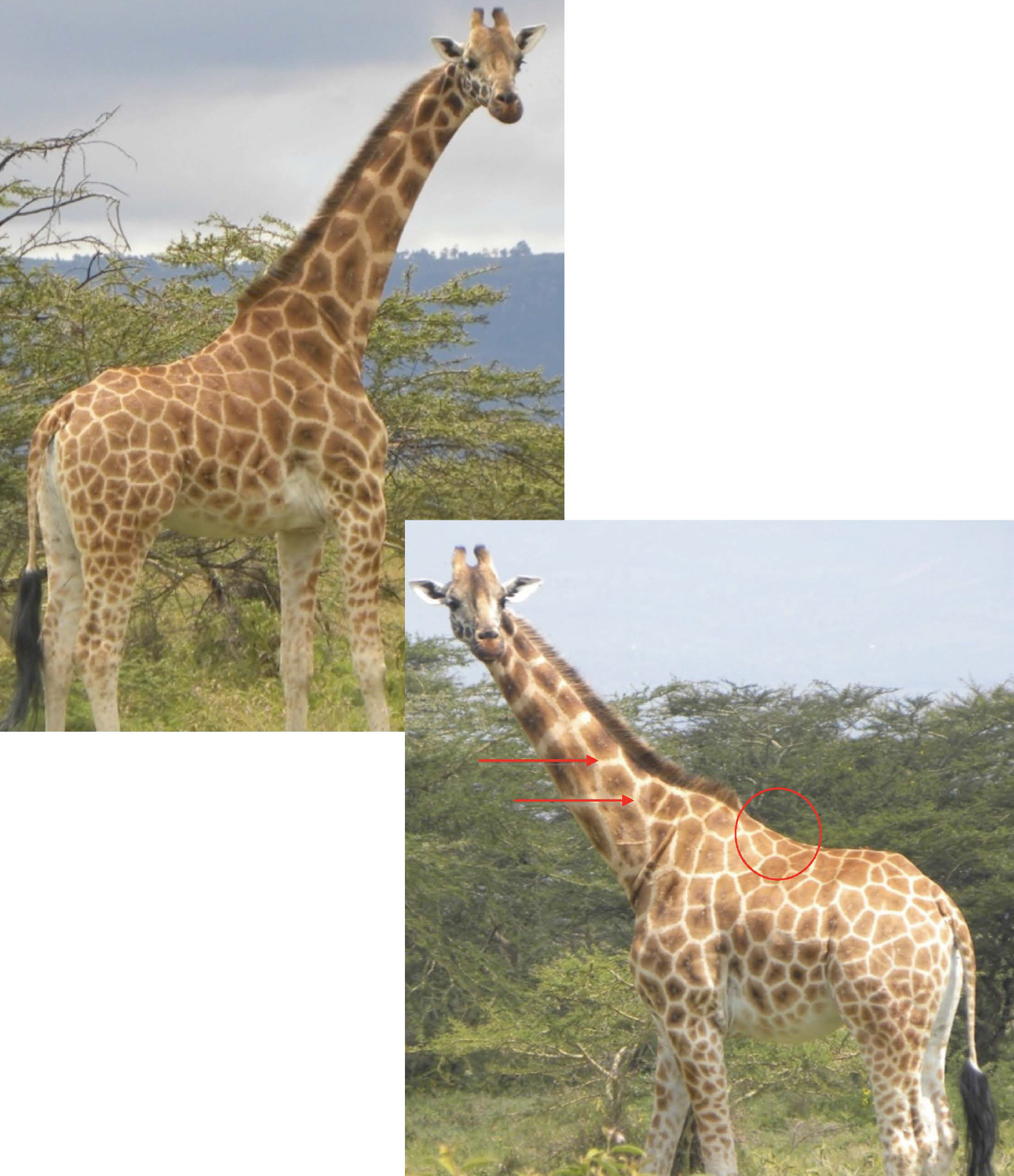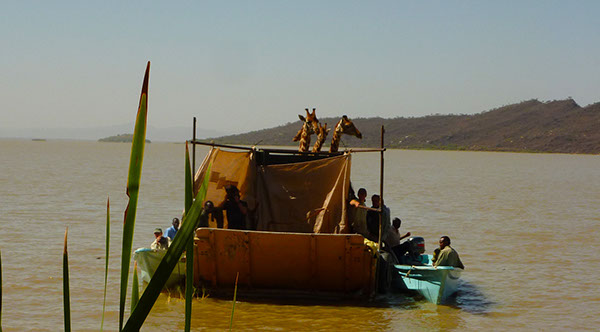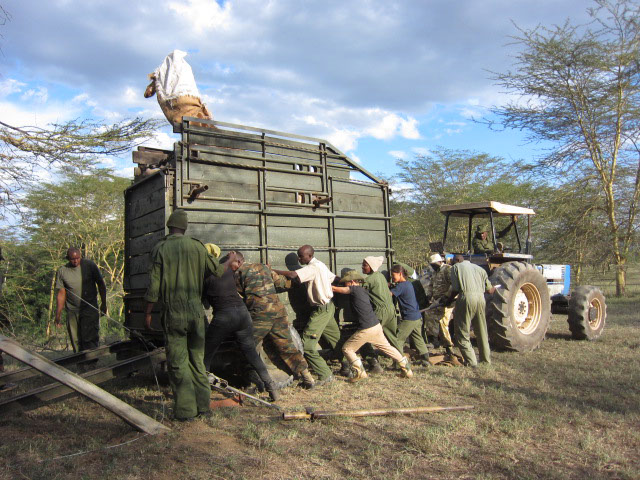The Rothschild’s Giraffe are part of a recent genetic study by the Giraffe Conservation Foundation, and are now considered the Nubian Giraffe G. c. camelopardalis a subspecies of the Northern Giraffe. Soysambu currently hosts a population of approximately 198 giraffe. As of April 2025, we have identified 94 males, 83 females and 21 juveniles.
The current estimate of Nubian giraffe is 2,160 individuals, ranging across eastern South Sudan, western Ethiopia, northern Uganda and west-central Kenya. Large herds have been reported in South Sudan, but this information is difficult to confirm and their numbers might be much lower due to ongoing insecurity in the region. In 2010 Rothschild’s giraffe were classified as Endangered and of high conservation importance on the IUCN Red List. Thereafter, classified as near threatened. Since they are now classified as Nubian Giraffe, a new assessment of the species will need to be done. There are approximately 650 Nubian Giraffe in Kenya.
One of our goals for our Giraffe Program is to assist in restocking areas of Kenya where the Rothschild’s are indigenous.
In 2011, eight Soysambu giraffe were successfully translocated to Ruko Conservancy on Lake Baringo. In 2016, a further eight giraffe were translocated to Rimoi National Reserve in the Kerio Valley. In 2021 two giraffe were translocated to Solai Sanctuary. In February 2022 eleven were moved to neighbouring Lake Nakuru National Park and in December of 2022 another five were moved to Solai Sanctuary.

Identification of individuals is critical to understand individual behaviour and important in investigating aspects of species ecology, e.g. population structure and dynamics, density, distribution and seasonal movement, home range analysis and habitat preference. Single species studies have adopted many different methods to aid in the quick and easy identification of individuals, including coat patterns, colour, tail length, scars, and horn variations. The identification of individuals generally enables a closer relationship between study species and researcher, leading to higher data resolution and increased knowledge of species ecology.
Our Ecological Monitoring Team currently spend two days a week observing our herds of giraffe. They photograph each individual and note the group composition and GPS location. This is entered on a raw data collection sheet and brought back to the office for compilation into a monitoring report. In 2009 Soysambu Conservancy initiated the first long term monitoring program for the Nubian (Rothschilds) Giraffe.
For each giraffe an identification sheet is produced and updated over time.
Giraffe Identification
|
|
ID: F002 Sophie |
|
|
Sex: Female |
|
|
Age Class: A |
|
|
Distinguishing Features: Limping, very long tail. |
|
|
Right Features: Dark slanting bow tie shape on the neck plus one specific diamond at the base of the neck. |
|
|
Left Features: Flower with seven petals on the back plus light erased spots on the neck. |









